|
Liverpool
Anglican Cathedral - 20
St James Rd, Liverpool, UK
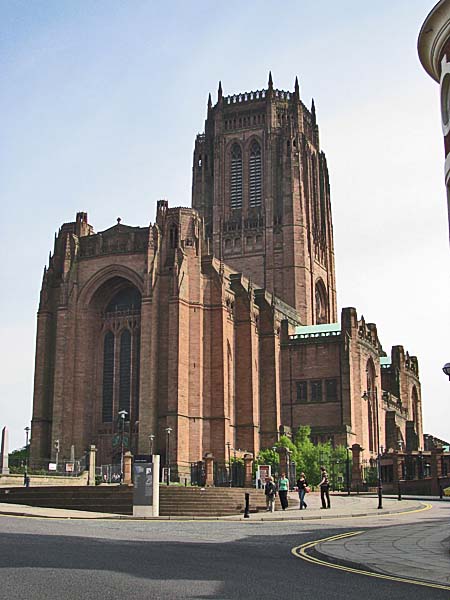
Above the West Door stands Elisabeth Frink's stature of "The Welcoming Christ".  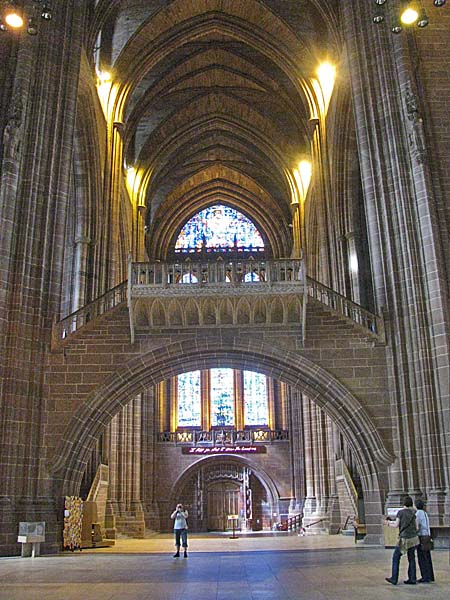 The Cathedral's
website describes the Nave as follows:
"The Cathedral's
Nave (known as the Well) is a lowered area of the
Cathedral where on formal occasions the Chapter will
process from. On one side of the well you have the
great West Doors above which is Tracy Emin's
installation. This is dwarfed by the magnificent
Benedicite Window. Facing into the Cathedral you can
see the central space through the arch of the
Dulverton Bridge."
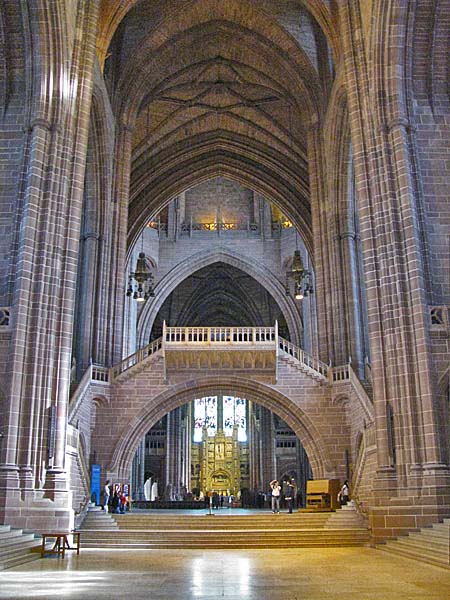  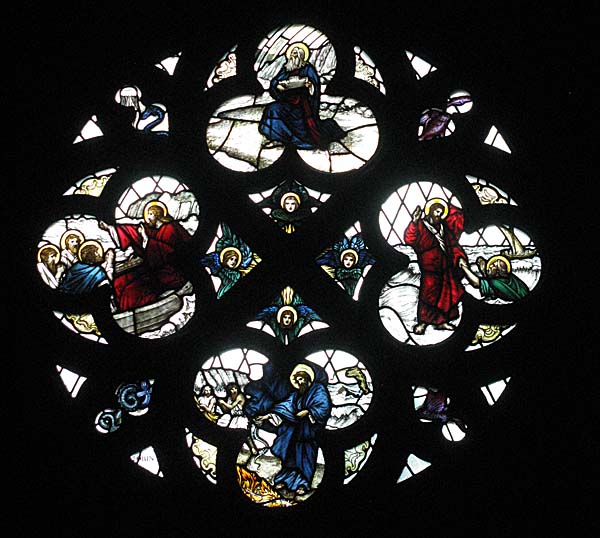 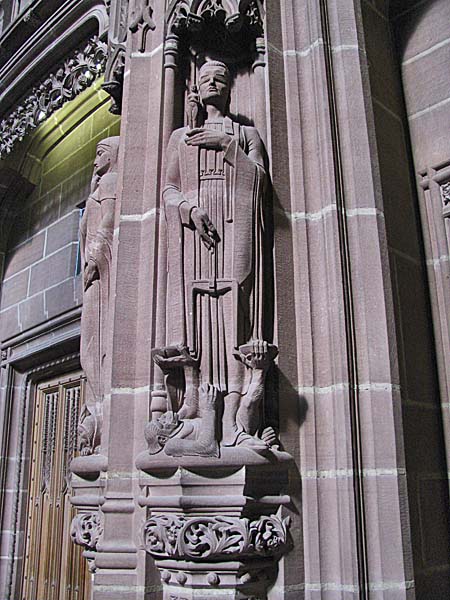 The central tower rises to 331 feet and the total length of the building is 619 feet. Which, to put it in context, makes it 100 feet longer that St. Pauls and just 34 feet lower at its highest point. 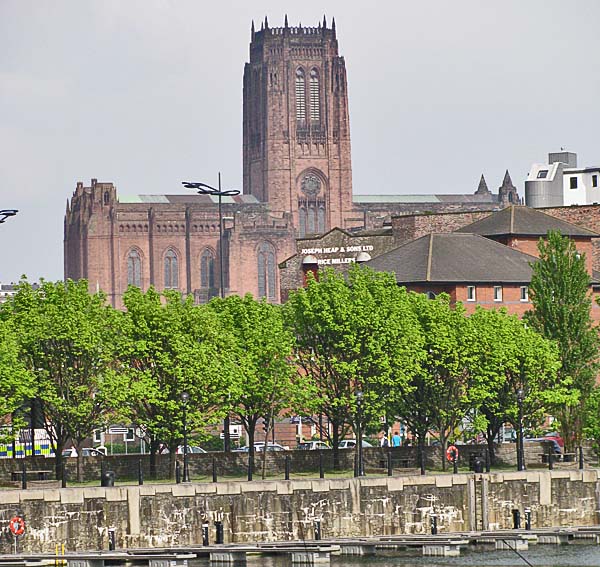 Close Window 
|
||||||||||